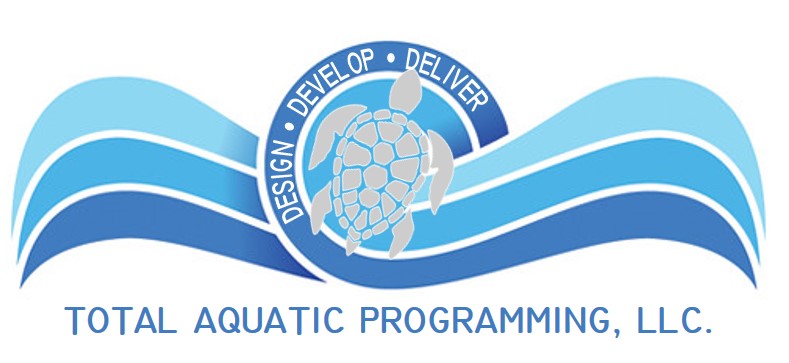Spring is finally here, and warmer weather and water activities will soon be here in many parts of the country. Spring, summer, and fall offer great opportunities to have fun in the water, whether at a pool, lake, river, or ocean. However, to ensure your time in the water is safe and fun, children, and their parents, need to learn how to swim.
While knowing how to swim doesn’t make anyone “drown-proof,” swim and water safety lessons are an essential layer of protection to prevent drowning—a leading cause of death among children. However, consider the following before enrolling your child or yourself in swim and water safety lessons.
What Should I Look For When Choosing Swim and Water Safety Lessons?
Overall, Look For Programs That:
Focus on Swimming Skills and Water Survival Skills
The American Academy of Pediatrics (AAP) recommends that lessons focus on swimming skills and include broader water survival competency skills. For example, all children should learn to get back to the surface from underwater, propel themselves at least 25 yards, and get out of the water. In addition, instructors should evaluate children’s progress and give ongoing feedback on their skill levels.
Have Experienced, Qualified Instructors
Whether you opt for group or private lessons, look for instructors taught through a nationally recognized curriculum.
Use Certified Lifeguards
It’s also imperative that the lifeguards on duty have current CPR and First Aid certification. It’s also important to seek age-appropriate instruction.
Teach Good Safety Habits In, On, and Near Water
It’s crucial to teach children never to enter the water alone. Instructors should teach children to always ask for permission from parents, lifeguards, or swimming instructors before getting into a pool or natural bodies of water.
Teach Students What To Do If They Unexpectedly End Up In the Water
Practicing water competency skills like self-rescue is critical. Instruction should provide training for realistic conditions, like falling in and swimming in clothes. Older children also should learn what to do if they see someone struggling in the water and how to get help.
Allow You To Observe a Class To Make Sure It’s Right For Your Child
To find the class that’s the best fit for your child, spend time observing a class you’re considering. Are they active most of the time, or are there long periods of inactivity where they are waiting for their turn? Do children get one-on-one attention? Are the instructors friendly and knowledgeable?
Selecting Swim and Water Safety Instruction By Age
Depending on your child’s age, there are also specific things to consider when considering swim and water safety instruction. The following information breaks down swim instruction by age.
Baby Swim Lessons
The AAP recommends that parents wait until after their child’s first birthday before enrolling them in formal swimming lessons because they haven’t developed the breathing skills required for swimming before then, which means they aren’t capable of swimming independently.
In addition, you should consider your child’s emotional maturity, physical and developmental abilities and limitations, and comfort level before enrolling them in lessons. If your child’s not ready for lessons, consider a parent-child program focusing on water games, swimming-readiness skills, and safety in and around the pool.
Toddler Swim Lessons
Although most toddlers and young children are still not developmentally ready to learn complex swim strokes or swim proficiently on their own, the AAP recommends swim lessons for kids between one and four.
Even though many children aren’t developmentally ready to swim independently until after their fourth birthday, classes are essential to building swim readiness skills. If your child seems disinterested in learning to swim, it may be a good idea to continue with water play programs and start formal lessons when they’re older. Trying to force them to swim before they’re ready can create a frustrating experience.
Like infant aquatics classes, classes for children under four should include parents and children so that they both learn good water safety habits.
Four to Five
Most children have developed enough coordination at four to five years old to learn to swim. However, if they don’t have much experience in the water, select a program that will help them get comfortable.
At this stage, your child should learn how to float independently in shallow water, submerge their head under the water for five to ten seconds, go from a standing to a swimming position without assistance, glide through the water, reach an exit point, and use coordinated kicking and arm movements. Their swimming class should focus on both water and safety skills.
Six Years and Up
At six years and older, a child can hold their breath for more extended periods, swim underwater, and retrieve objects at the bottom. They will also be able to jump into the water and resurface independently. In addition, children six and older can start learning all swimming strokes, including the breast- and backstroke.
Adults
It’s never too late to learn to swim! Many adults don’t know how to swim. Private lessons are good options for adults. They offer an easy way to learn how to swim. Check your local YMCA or swim clubs.
Don’t let fear prevent you or your child from learning how to swim. While you don’t want to force a child to do something they are terrified of doing, learning to swim can deliver life-long benefits, help you and your child stay safe, and have a lot of fun!
Knowing how to swim is never a substitute for adult supervision for children. However, knowing how to swim and understanding water safety offers an essential layer of protection. Join us in saving lives and ending the heartache of losing a loved one due to drowning. Together, we can end drowning and save lives and heartache! Take our Water Safety Challenge to measure your family’s water safety competence and help us provide water safety outreach to schools and community groups to keep kids safe.



